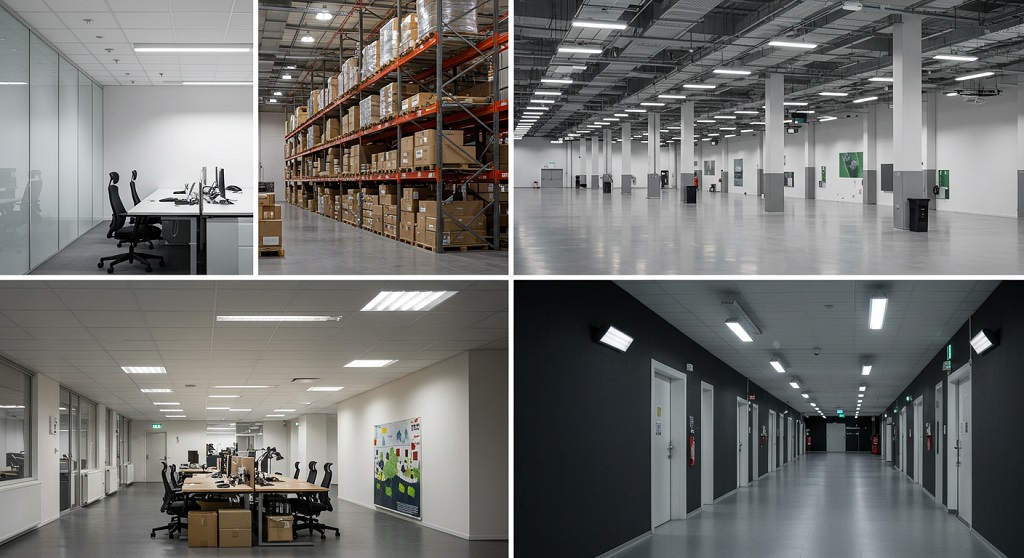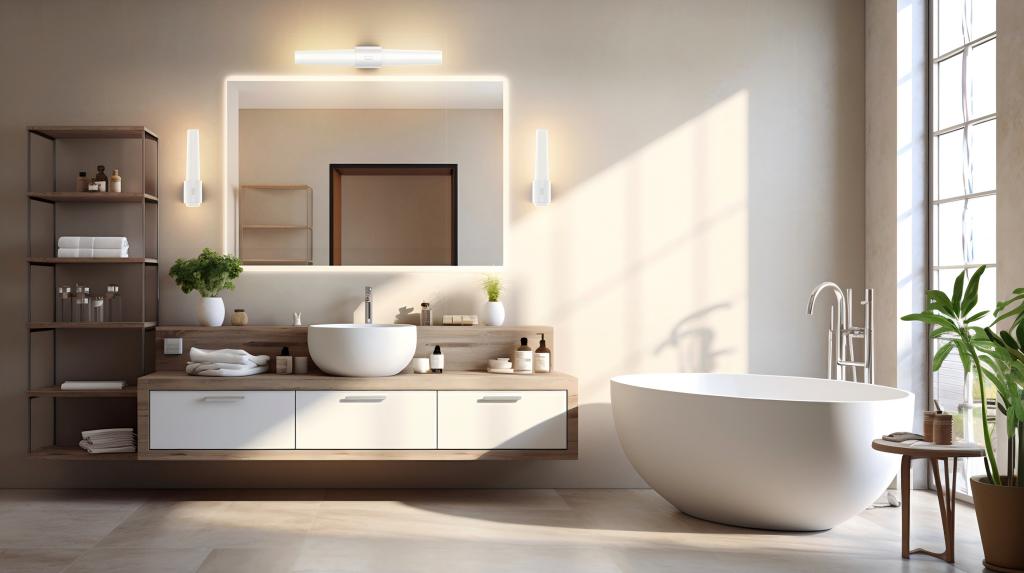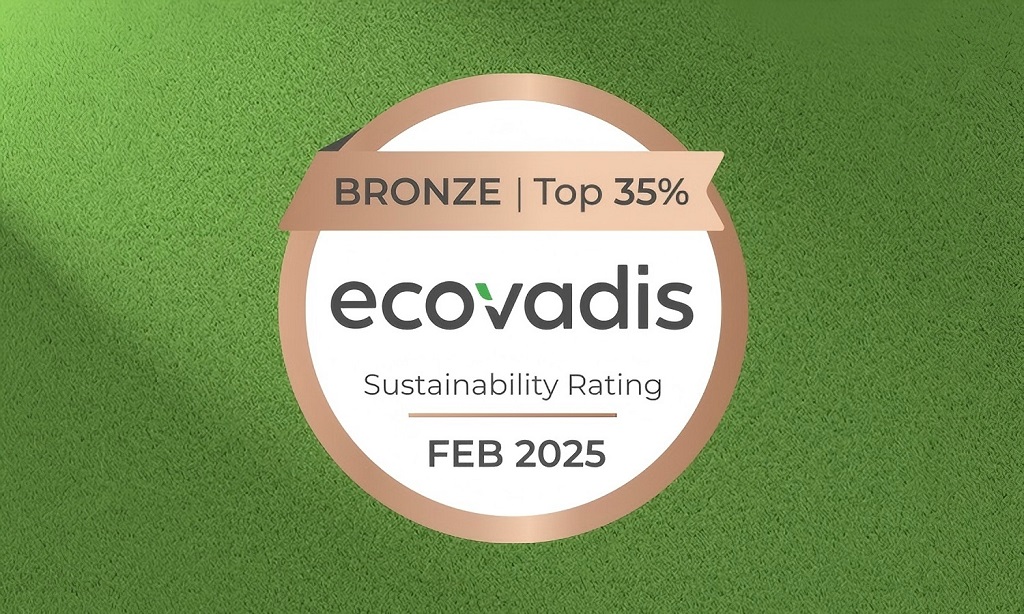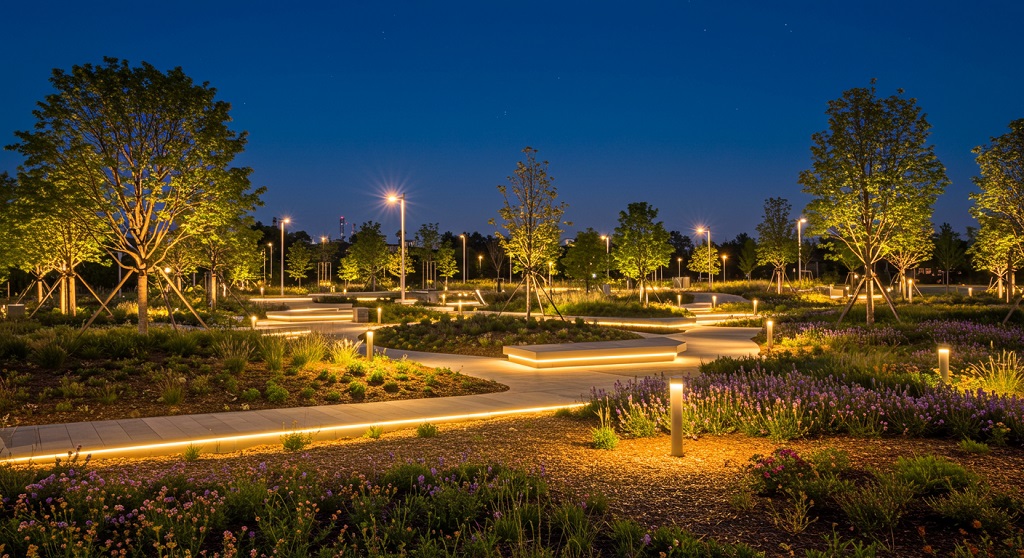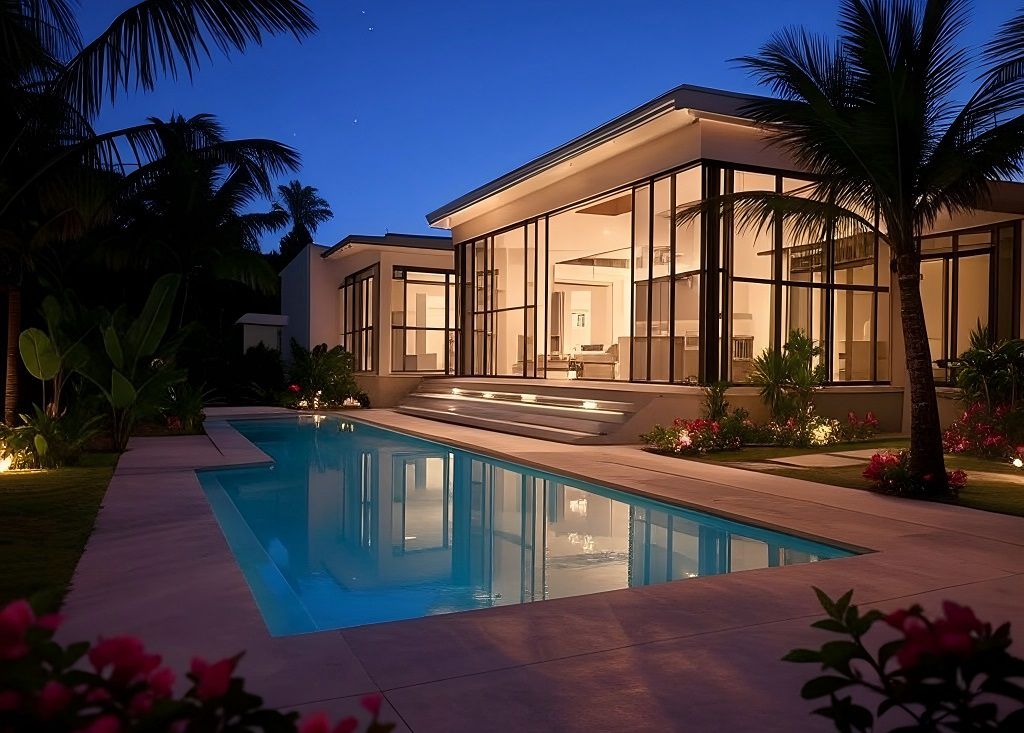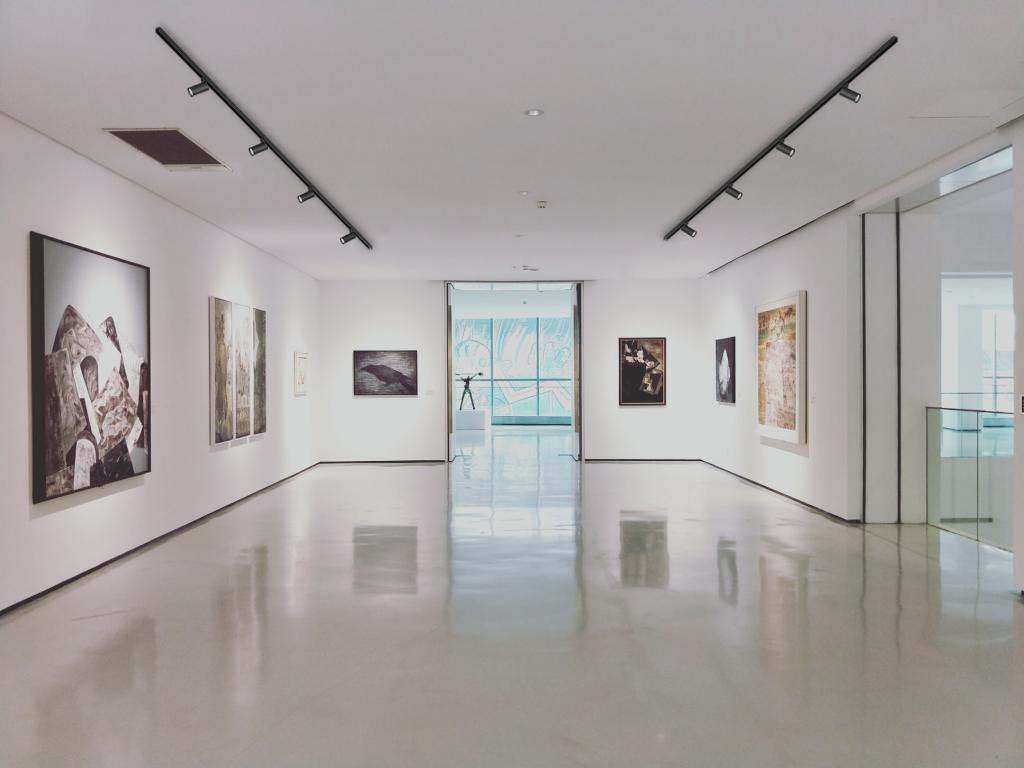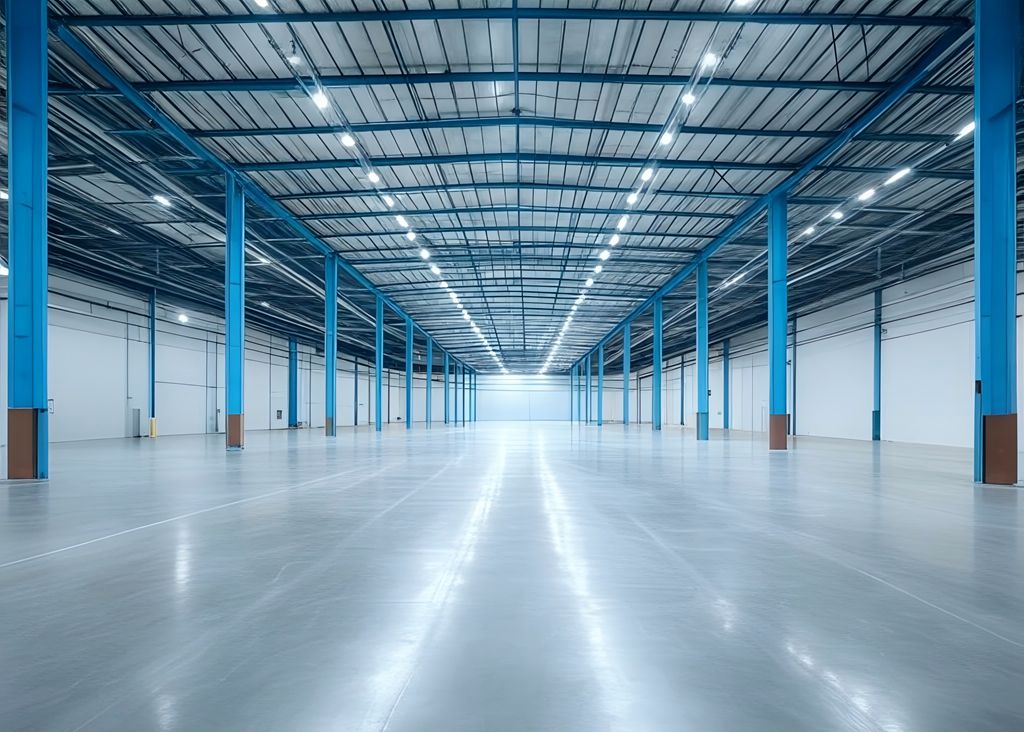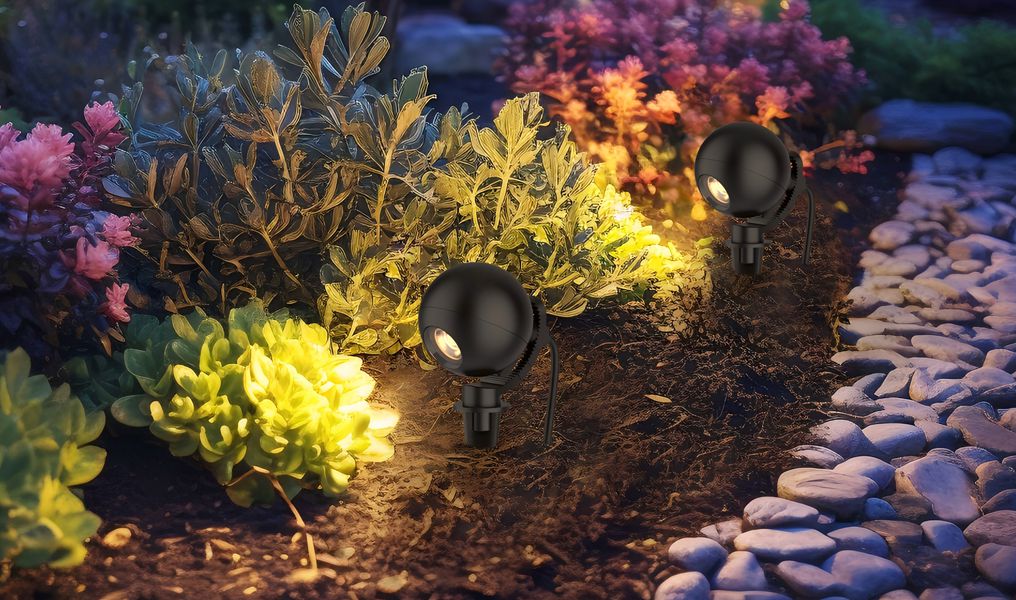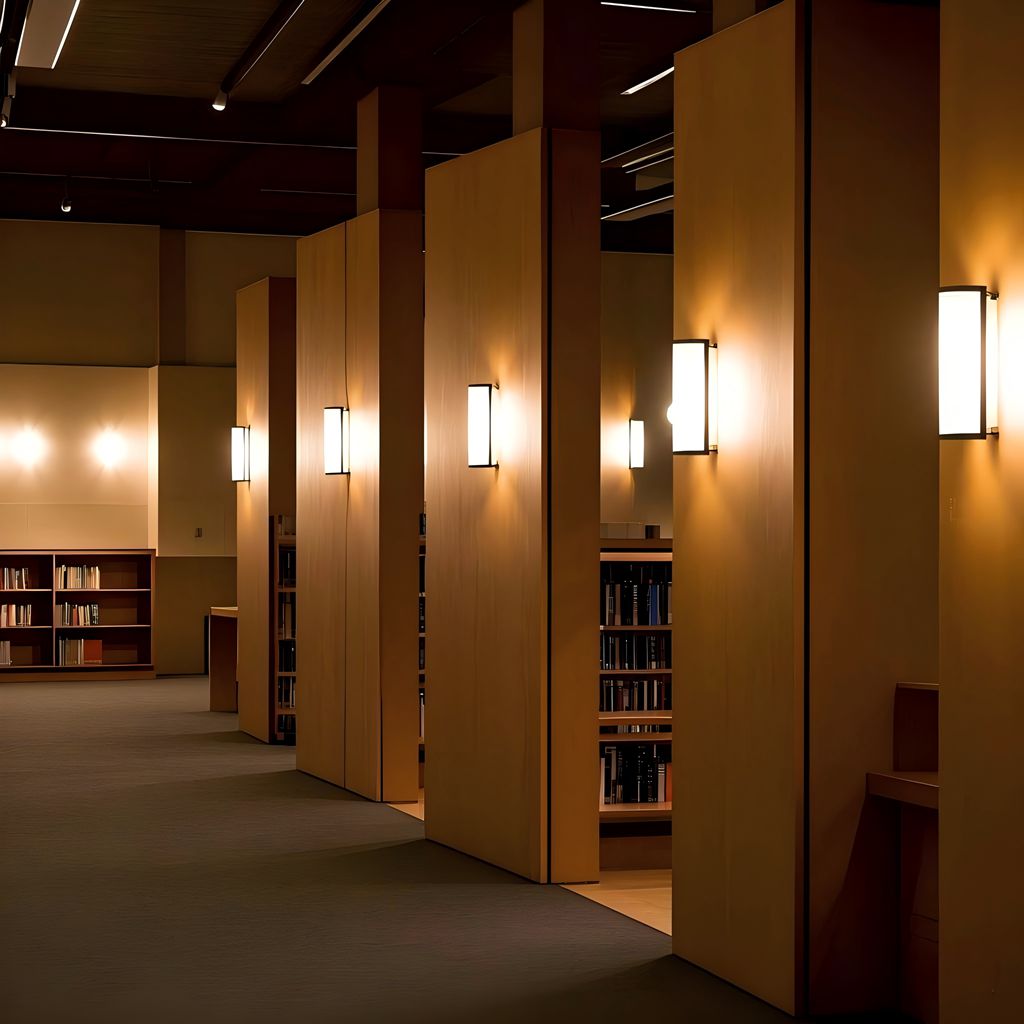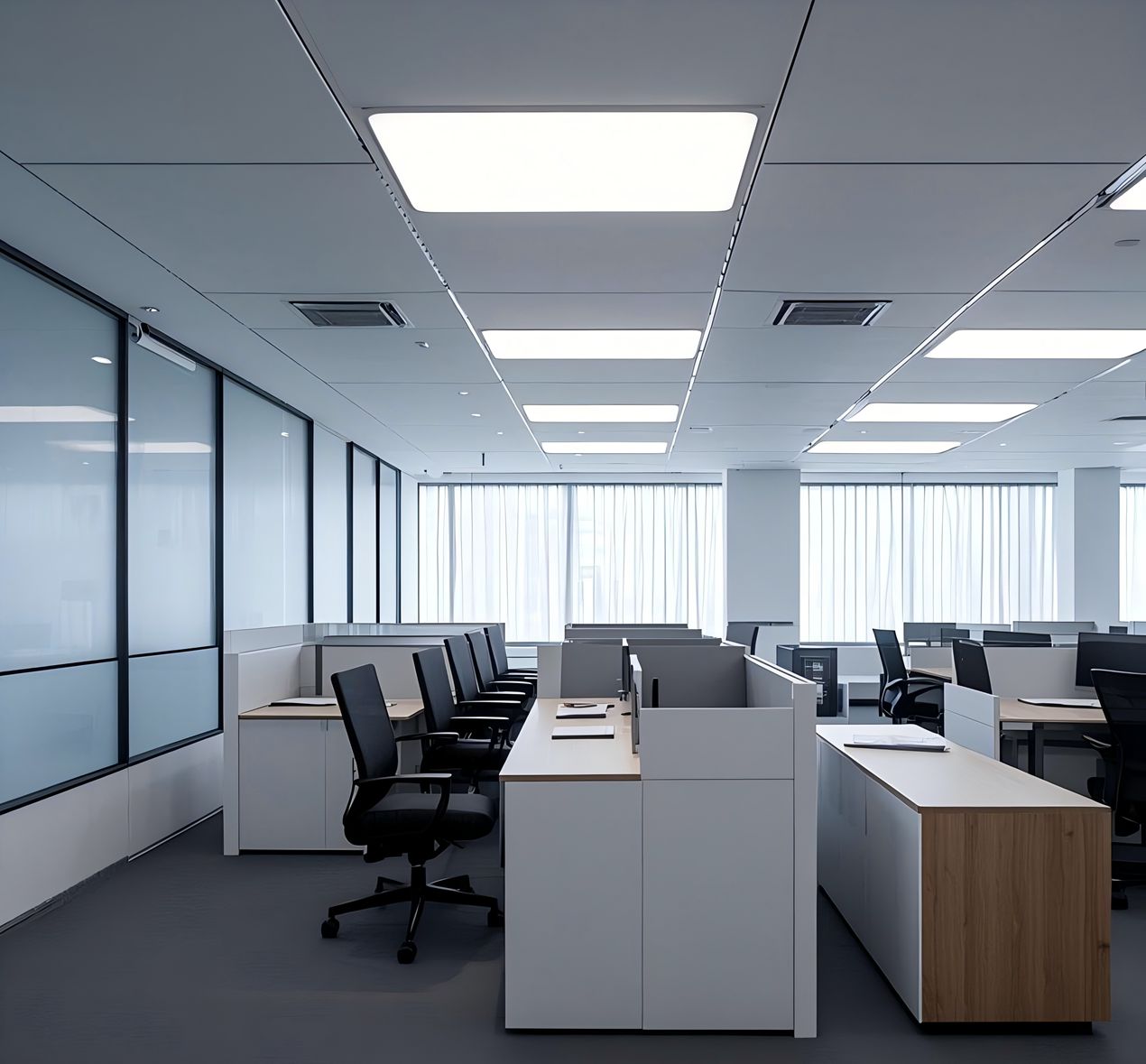Stage lighting is also called "stage lighting", or "lighting" for short. One of stage art modeling methods. Use stage lighting equipment (such as lighting fixtures, moving head lights, laser lights, control systems, etc.) and technical means.
With the development of the plot, the environment is displayed with light color and its changes, the atmosphere is rendered, the central character is highlighted, the sense of space and time of the stage is created, the external image of the stage performance is shaped, and the necessary lighting effects (such as wind, rain, clouds) are provided. , Water, lightning) etc.
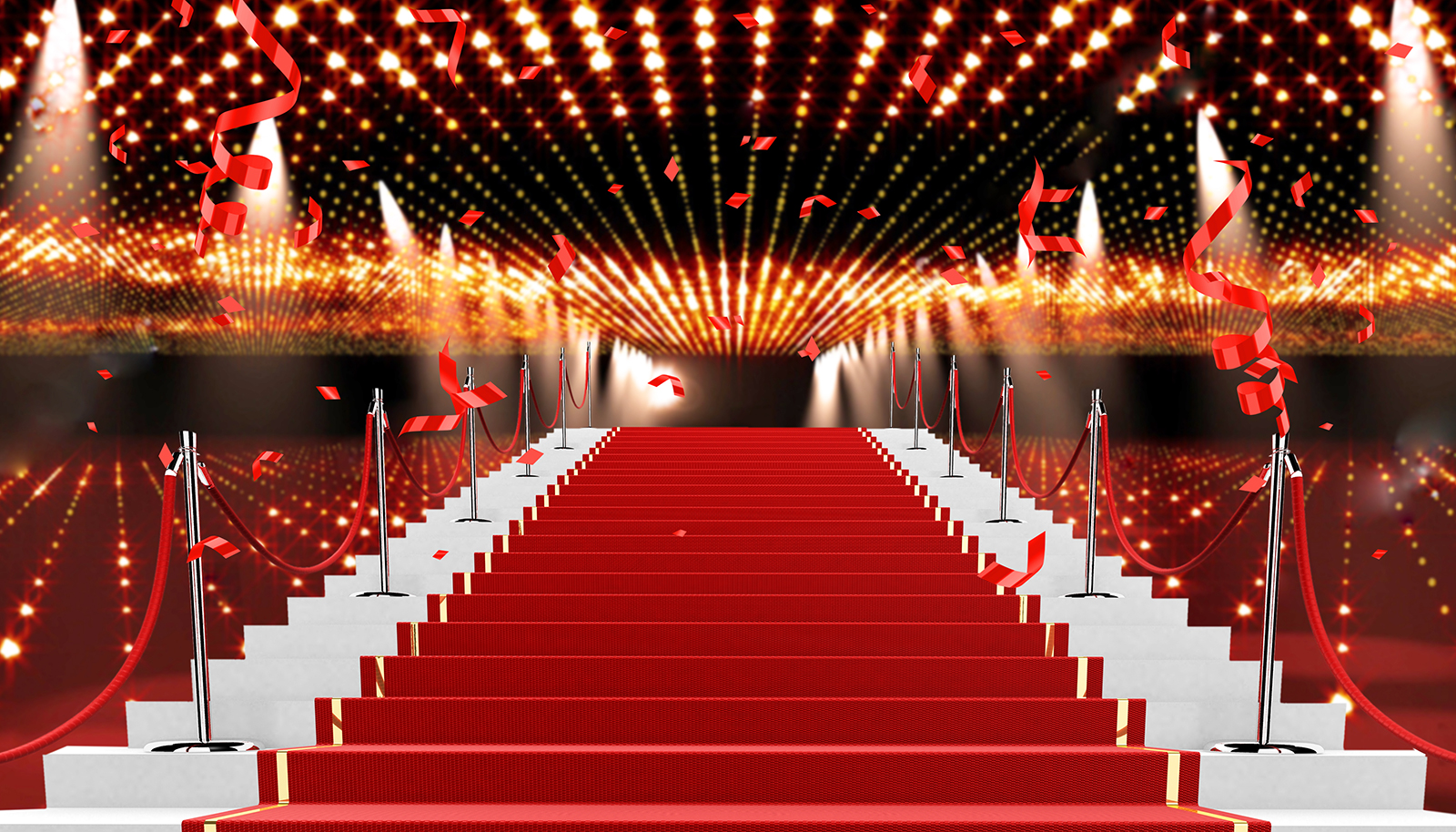
The changeable way of stage lighting can be divided into the following five points:
1. The lighting takes the plot change as an opportunity for change.
2. The lighting takes the lines as an opportunity for change.
3. The light takes action as an opportunity for change.
4. The lighting takes music or sound effects as an opportunity to change.
5. The lighting takes time as an opportunity to change.
There are six types of stage lighting:
1. Surface light: The light projected from the top of the audience to the stage is mainly used for the front lighting of the characters and the basic lighting of the whole stage.
2. Slap: The light that is located on both sides of the proscenium and casts obliquely on the stage. It is divided into upper and lower layers. The main auxiliary surface light is to strengthen the facial lighting and increase the three-dimensional sense of the characters and scenery.
3. Pillar light (also known as side light): The light projected from both sides of the proscenium is mainly used to illuminate the two sides of characters or scenery to increase the sense of three-dimensionality and contour.
4. Top light: The light projected from the top of the stage to the stage is divided into a row of top lights, two rows of top lights, and three rows of top lights from front to back. It is mainly used for stage general lighting to enhance stage illuminance and has The fixed-point illumination of many scenery and props mainly depends on the top light to solve the problem.
5. Backlight: The light projected from the reverse direction of the stage (such as top light, bridge light, etc.) can outline the outline of characters and scenery, enhance the sense of three-dimensionality and transparency, and can also be used as a specific light source.
6. Foot light: The light projected from the platform in front of the stage to the stage, mainly assists in the surface lighting and eliminates the shadows formed by the faces and jaws of the characters illuminated by the high-level lighting such as the surface lights.
Commonly used equipment for stage lighting:
1. Spotlight: It is one of the most widely used main lights on stage lighting, with 1KW and 2KW, with 2KW being the most widely used. It illuminates concentrated light, the edge of the light spot is relatively clear, can highlight a part, and can also enlarge the light spot to illuminate an area. As the main light source of the stage, it is often used for surface light, slap light, side light and other light positions.
2. Soft light: The light is soft and well-proportioned, which can highlight a certain part without a hard spot, which is convenient for connecting several lights. Common ones are 0.3KW, 1KW, 2KW, etc. It is mostly used for short-distance light positions such as column light and flowing light.
3. Backlight: It is a reflective type lamp, which is characterized by hard light quality, high illuminance and long range. It is an economical and efficient strong light lamp.
4. Astigmatism lamp: The light is diffuse, uniform, and has a large projection area. It is divided into sky astigmatism and ground astigmatism. It is mostly used for sky curtain illumination, and can also be used for general lighting of theater rostrum.
5. Modeling lamp: The principle lies between the follow spotlight and the spotlight. It is a special kind of lamp, mainly used for modeling and projection of characters and scenery.
6. Footlight (also known as strip light): soft light, wide area. It is mainly used for lighting and coloring to the middle scene and net scene, and can also be used as auxiliary surface lighting at the proscenium position.
7. Beam light (also known as downlight): It is widely used at present. It can be used to illuminate people and scenery in all directions, or it can be directly installed on the stage, exposed to the view to form a light array, which serves as stage decoration and lighting.
8. Projection slides and canopy effect lights: can form an overall picture on the stage canopy, and various special effects, such as: wind, rain, thunder, electricity, water, fire, smoke, clouds, etc.
9. Laser light: This is a smart lamp whose light color, spot and illuminance are better than the above conventional lamps. It is a kind of smart lamps developed in recent years. It is often installed in surface light, top light, and back steps of the stage. The running program can be programmed for the colors, shapes, diagrams, etc. during its operation. Due to the different power levels, the use on the stage should be different.
10. Follow spot light: It is a stage lighting fixture. It is characterized by high brightness and lens imaging, which can present clear light spots. By adjusting the focal length, the virtual and real light spots can be changed. There is a movable light bar, which can easily change the color, and the lamp body can run freely, etc. In terms of function, it is divided into: mechanical follow spot light, whose focus, light barrier, and color change are all done manually; the other is computer follow light, whose focus, light barrier, color change, and color temperature adjustment are all done through push-pull electrical appliances. And it's done automatically.

The stage lighting equipment introduced above is the basic lighting used on the general stage, but other types of lighting should be equipped due to the different forms of the repertoire. In addition to basic lighting equipment, downlights, computer lights, tube lights, panel lights, various effect lamps, and even some foggers, dry ice machines, strobe lights, lasers and projection slides, as well as supporting use for rear projection For light use, to reduce light source spots, special seamless plastic screens, etc.。

